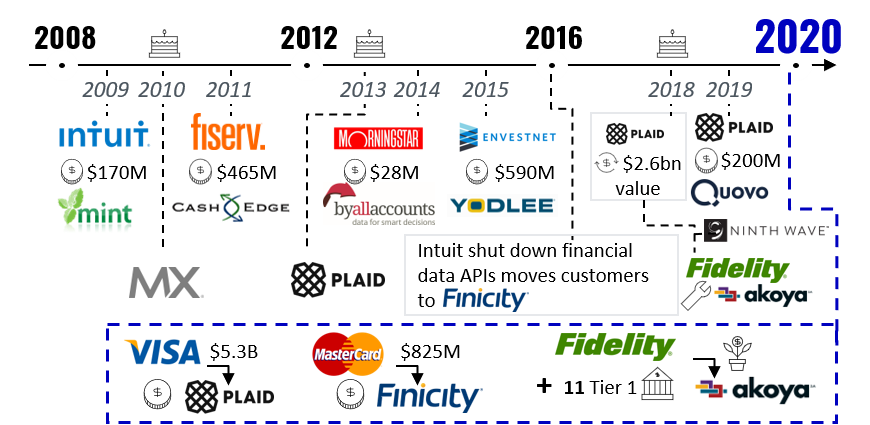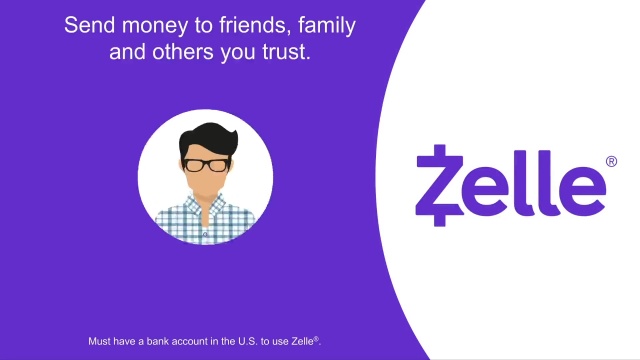
There are several types of fire strategy. Most fire strategies are produced during the design phase of new construction, but some fire strategies can be prepared after a property has been built or has undergone significant refurbishment. In either case, fire strategy development should be a key part of any building management system. This article will cover Lean FIRE, BartistaFIRE, Planning. These strategies can be used when building a new home.
Lean FIRE

Financial independence experts recommend investing in Lean FIRE strategies to achieve financial independence. These strategies can help you build your financial nest until you achieve your financial independence goal. Your investment portfolio will begin to earn compound interest, and your income will decrease. But if your investments stop, you might not be able live on the nest egg. This strategy may be an option for your initial escape hatch.
BartistaFIRE
Barista FIRE may be a good option for you if your retirement goals remain modest. This type retirement strategy involves taking part-time work during retirement and using these side gigs to supplement income. The Barista FIRE plan typically requires $250,000 of invested assets and $5,000 in income per year. This allows you to retire early without having to work full-time.
Strategy of retrospective fire
A retrospective fire strategy involves reviewing existing building fire safety procedures and highlighting any shortcomings. A retrospective strategy is usually based on sections in the UK Building Regulations-Approved File B. It also considers operational requirements as well as organizational policies about fire safety. Retrospective fire strategies are effective for all types of buildings. The retrospective fire strategy involves the fire engineer examining the original design strategy of a building and revisiting all escape options.
Planning
If your building is unfamiliar to you, planning for fire strategies is essential. Plan evacuations should be prepared and posted in the required areas. They should clearly indicate where people are expected to gather, and where firefighting equipment is needed. This information will be useful to those who are fighting the fire. They will then be able to ensure that the building is safe until safety. A plan can help evacuated people.
Organisation

A fire service must have the ability to collect data in order develop the right strategy. This information is essential for the development of a program to prevent fires. Although it doesn't have to be at the first strategic planning meeting; it is vital to have this data on hand to identify future problems. In addition to data collected from fire investigations, a fire prevention division needs to know which occupancies are inspected the most, how often fires occur, and how many people die in fires.
Control
Control lines are an essential part of firefighting strategy. The control lines should be placed in areas where firefighting can be done more easily, such as grasslands. Shorter routes through scrubland tend to be easier to construct. Routes should be built as close to the fire and as fast as possible. But crews must also consider the speed at which the fire spreads. Often, the crews must have enough time to complete the control line before it reaches the fire. In some instances, they may be able to use a black area as a safety zone.
FAQ
How do people lose money on the stock market?
The stock exchange is not a place you can make money selling high and buying cheap. It is a place where you can make money by selling high and buying low.
The stock market is an arena for people who are willing to take on risks. They would like to purchase stocks at low prices, and then sell them at higher prices.
They want to profit from the market's ups and downs. If they aren't careful, they might lose all of their money.
How does Inflation affect the Stock Market?
Inflation has an impact on the stock market as investors have to spend less dollars each year in order to purchase goods and services. As prices rise, stocks fall. This is why it's important to buy shares at a discount.
What is a Stock Exchange exactly?
Stock exchanges are where companies can sell shares of their company. This allows investors the opportunity to invest in the company. The market decides the share price. It is often determined by how much people are willing pay for the company.
Stock exchanges also help companies raise money from investors. To help companies grow, investors invest money. They do this by buying shares in the company. Companies use their money as capital to expand and fund their businesses.
A stock exchange can have many different types of shares. Others are known as ordinary shares. These are the most commonly traded shares. Ordinary shares are traded in the open stock market. Prices for shares are determined by supply/demand.
Preferred shares and debt securities are other types of shares. When dividends are paid, preferred shares have priority over all other shares. Debt securities are bonds issued by the company which must be repaid.
Are bonds tradeable?
The answer is yes, they are! They can be traded on the same exchanges as shares. They have been trading on exchanges for years.
The only difference is that you can not buy a bond directly at an issuer. You must go through a broker who buys them on your behalf.
This makes buying bonds easier because there are fewer intermediaries involved. This means that selling bonds is easier if someone is interested in buying them.
There are many different types of bonds. Some bonds pay interest at regular intervals and others do not.
Some pay interest quarterly while others pay an annual rate. These differences make it easy compare bonds.
Bonds are great for investing. Savings accounts earn 0.75 percent interest each year, for example. If you invested this same amount in a 10-year government bond, you would receive 12.5% interest per year.
You could get a higher return if you invested all these investments in a portfolio.
What is the role and function of the Securities and Exchange Commission
SEC regulates securities brokers, investment companies and securities exchanges. It enforces federal securities laws.
Statistics
- Ratchet down that 10% if you don't yet have a healthy emergency fund and 10% to 15% of your income funneled into a retirement savings account. (nerdwallet.com)
- Our focus on Main Street investors reflects the fact that American households own $38 trillion worth of equities, more than 59 percent of the U.S. equity market either directly or indirectly through mutual funds, retirement accounts, and other investments. (sec.gov)
- US resident who opens a new IBKR Pro individual or joint account receives a 0.25% rate reduction on margin loans. (nerdwallet.com)
- Individuals with very limited financial experience are either terrified by horror stories of average investors losing 50% of their portfolio value or are beguiled by "hot tips" that bear the promise of huge rewards but seldom pay off. (investopedia.com)
External Links
How To
How to make a trading program
A trading plan helps you manage your money effectively. It helps you understand your financial situation and goals.
Before you begin a trading account, you need to think about your goals. You may wish to save money, earn interest, or spend less. You might consider investing in bonds or shares if you are saving money. You can save interest by buying a house or opening a savings account. If you are looking to spend less, you might be tempted to take a vacation or purchase something for yourself.
Once you have a clear idea of what you want with your money, it's time to determine how much you need to start. It depends on where you live, and whether or not you have debts. It is also important to calculate how much you earn each week (or month). Your income is the amount you earn after taxes.
Next, you'll need to save enough money to cover your expenses. These expenses include rent, food, travel, bills and any other costs you may have to pay. All these things add up to your total monthly expenditure.
You will need to calculate how much money you have left at the end each month. That's your net disposable income.
Now you've got everything you need to work out how to use your money most efficiently.
Download one online to get started. Ask an investor to teach you how to create one.
Here's an example of a simple Excel spreadsheet that you can open in Microsoft Excel.
This displays all your income and expenditures up to now. It also includes your current bank balance as well as your investment portfolio.
Here's another example. This one was designed by a financial planner.
This calculator will show you how to determine the risk you are willing to take.
Don't attempt to predict the past. Instead, focus on using your money wisely today.